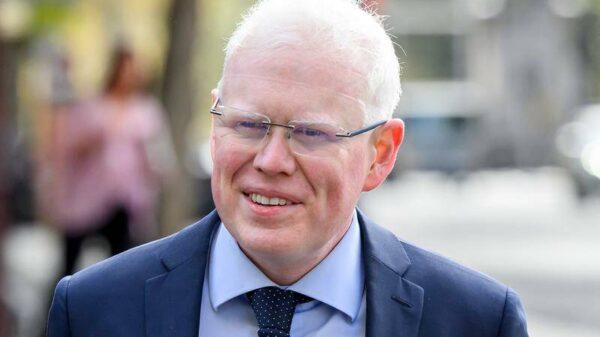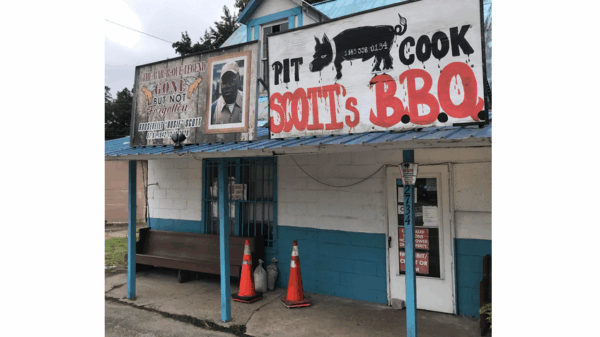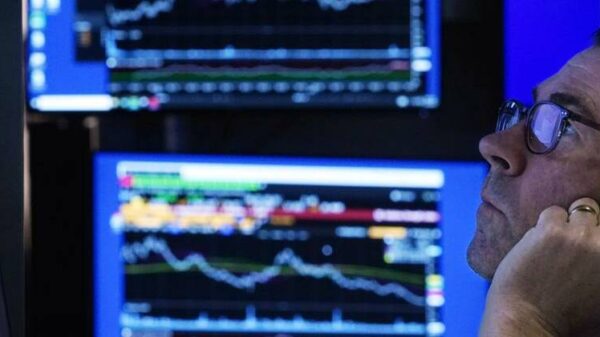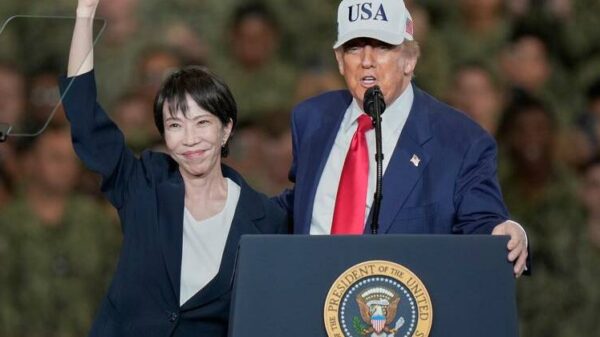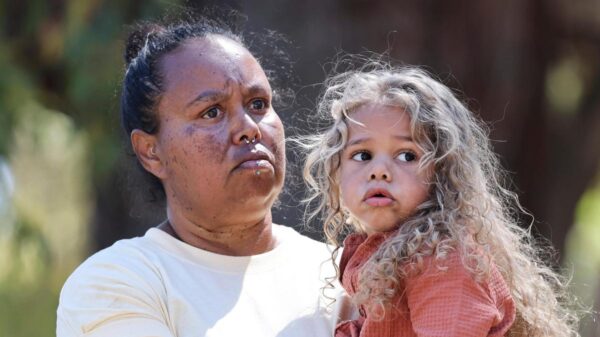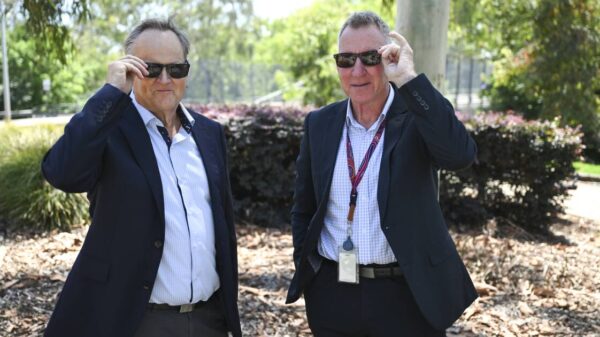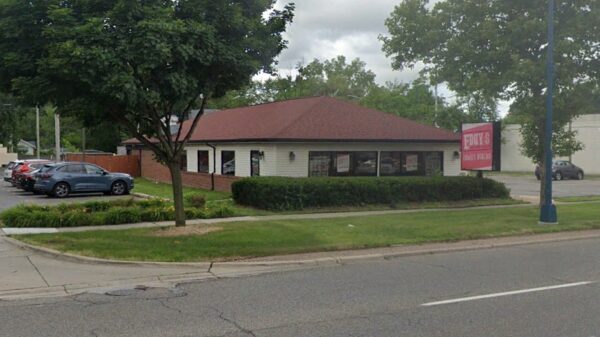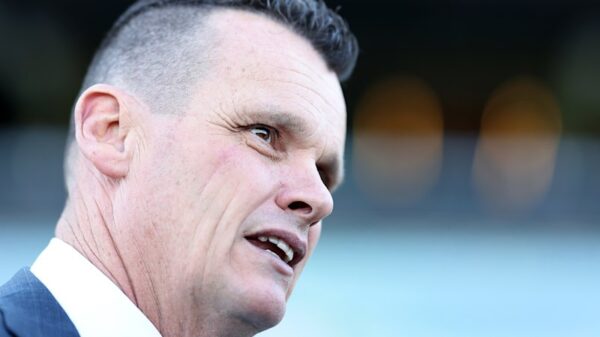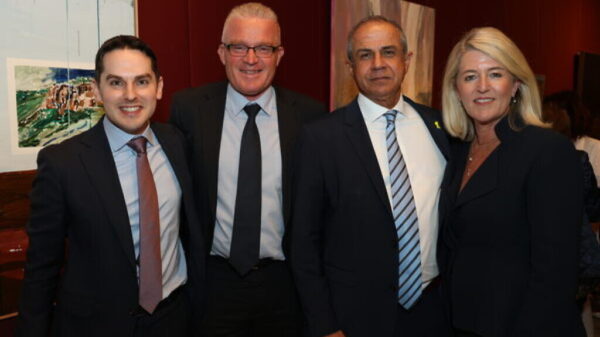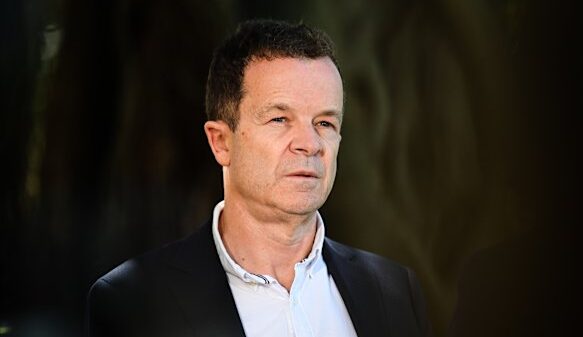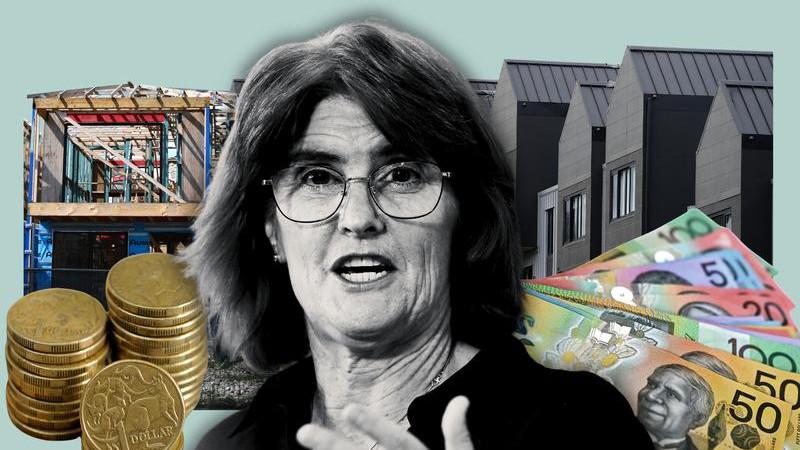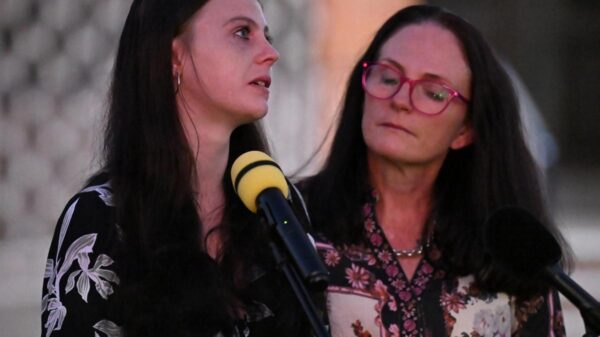UPDATE: Governor Michelle Bullock is set to provide crucial insights into the Reserve Bank of Australia’s (RBA) unexpected decision in July to maintain the cash rate at 3.85 percent. This announcement comes just ahead of the next rate ruling, scheduled for August 12, with many anticipating a possible rate cut.
Market analysts and borrowers alike are still reeling from the RBA’s surprise announcement earlier this month. The RBA board opted for a rate hold, defying expectations for a 25 basis point cut, as many members awaited confirmation that inflation was moving toward the 2.5 percent midpoint of the target range. The upcoming release of meeting minutes on Tuesday could offer much-needed clarity on the bank’s reasoning.
In a pivotal speech scheduled for Thursday, Bullock is expected to address pressing questions from economists and everyday Australians. Many analysts are now predicting that a recent surge in Australia’s unemployment rate—from 4.1 percent to 4.3 percent in June—will have significant implications for the RBA’s decision in August.
“This increase in unemployment makes the July rates ruling appear overly cautious,” stated Ivan Colhoun, Chief Economist at CreditorWatch, adding that an August cut is now “virtually locked in.”
These employment figures were the last labor data released before the RBA’s forthcoming decision and reflect a softening in the job market that the central bank did not anticipate until later in the year. Treasurer Jim Chalmers cited growing global uncertainties, including international conflicts and potential U.S. tariffs, as contributing factors to this unexpected uptick in unemployment.
Gareth Spence, NAB’s head of Australian economics, projected that the RBA would continue to rely on domestic data to guide its decisions, forecasting rate cuts in August, November, and February, ultimately lowering the cash rate to 3.1 percent. “We see the RBA remaining cautious,” he noted, emphasizing that the uncertain global backdrop could lead to quicker and deeper cuts.
Despite these developments, other economists like Russel Chesler, head of investments at VanEck, underscored the importance of the upcoming quarterly inflation figures as a vital data point that will shape the RBA’s future decisions. While the federal government anticipates the jobless rate could rise to the “middle fours,” Chalmers maintains that a soft landing for the economy is still the goal.
Meanwhile, Wall Street faced a subdued close last week amid reports that President Donald Trump is pushing for significant new tariffs on EU products, which affected U.S. indices. The S&P 500 lost 0.01 percent, while the Dow Jones fell 0.32 percent. In contrast, the Australian share market showed resilience, with the benchmark S&P/ASX200 gaining 1.37 percent, marking its largest increase since April.
As these developments unfold, all eyes are on Bullock’s upcoming speech and the RBA’s decision next month. The outcome could have far-reaching implications for borrowers, investors, and the broader Australian economy.
Stay tuned for the latest updates on this developing story.

